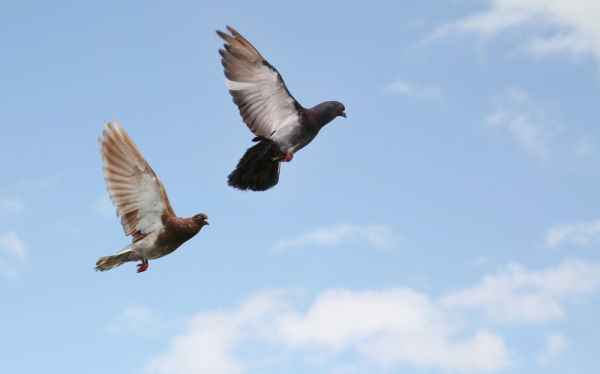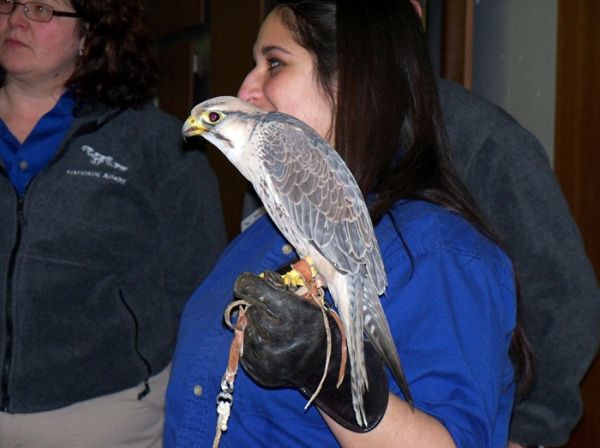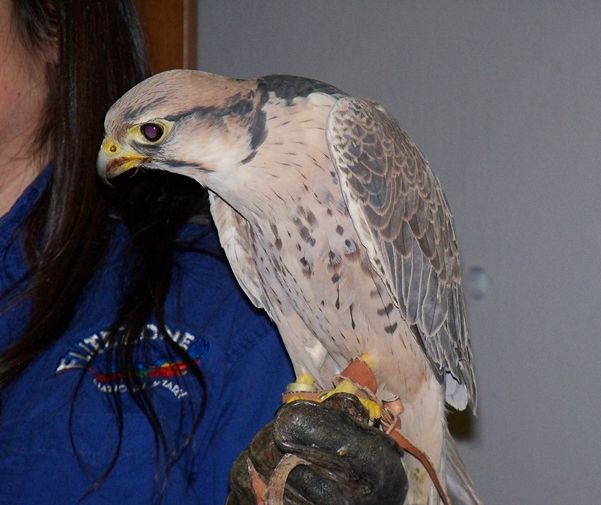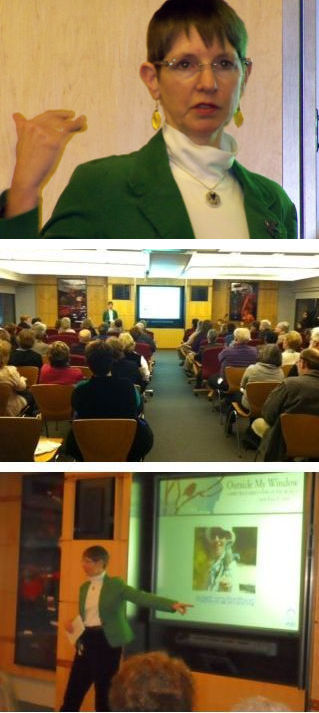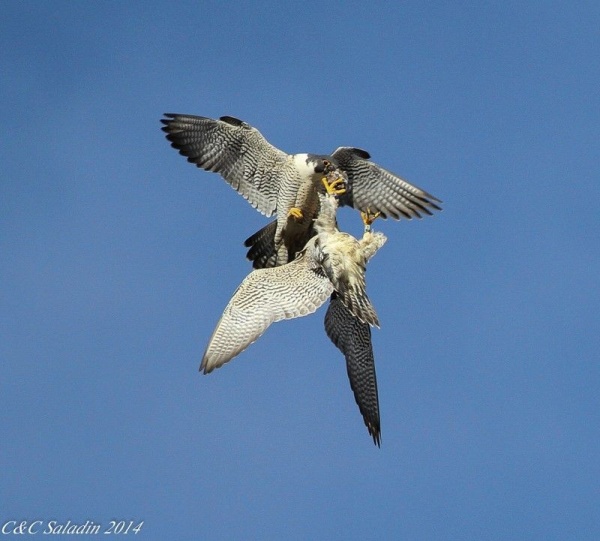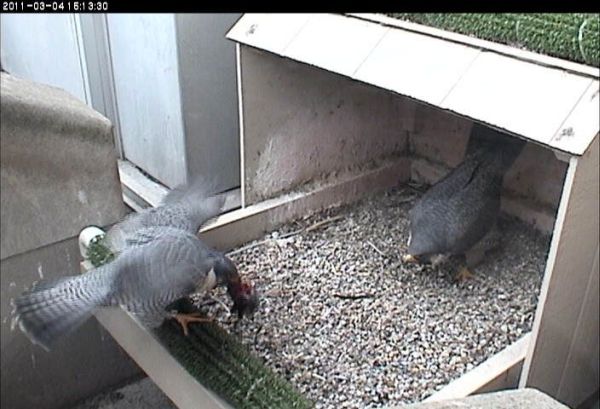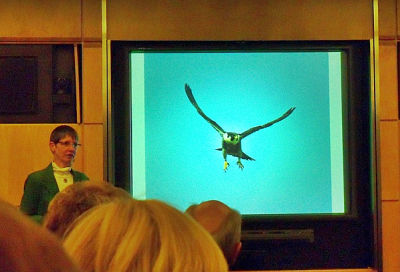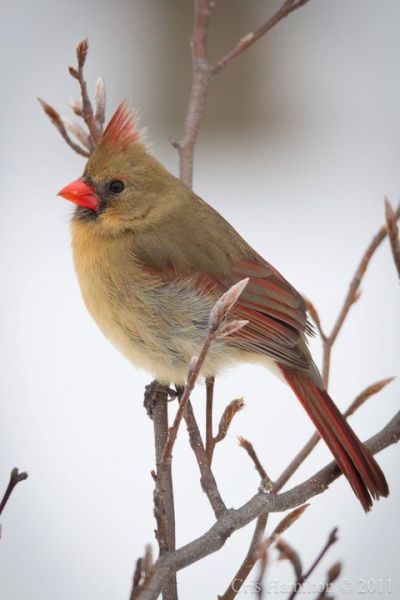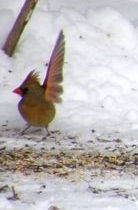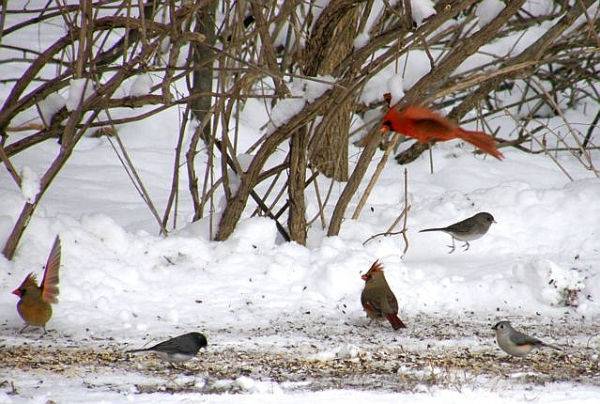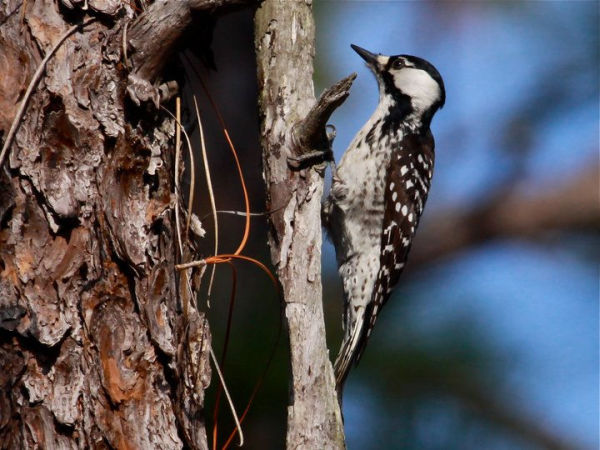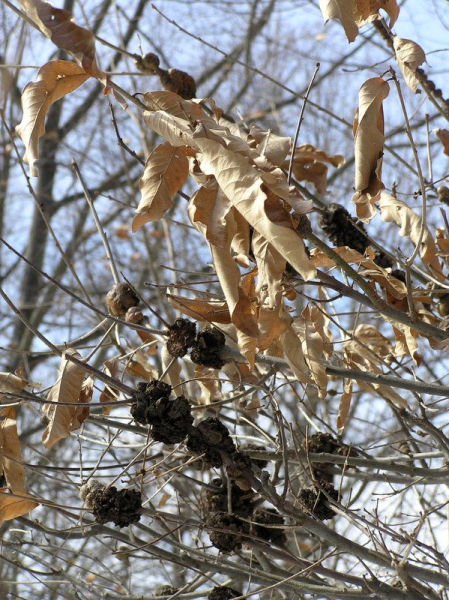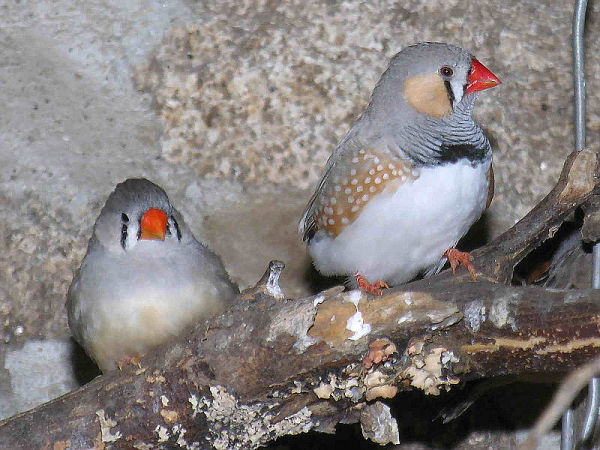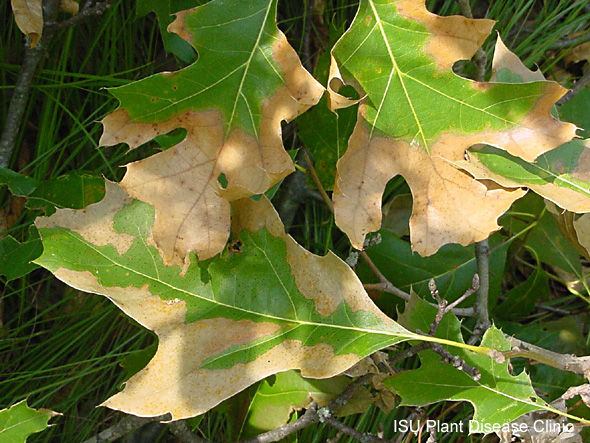
11 March 2011
This unusual advice about pruning was given at a seminar called Preserving Pittsburgh’s Trees on February 17 where we learned about the threats facing Pittsburgh’s urban forest and what we can do about them.
The threats are huge. All of our ash trees will die of emerald ash borer in the next decade (15% of Pittsburgh’s trees). Our new seedlings can’t grow because of deer overbrowsing (in the city!). And oak wilt may kill many oaks, as it did in Frick and Highland Parks last summer.
Oak wilt disease is serious stuff! It’s caused by a fungus to which the red oak group is particularly susceptible. The fungus spreads rapidly underground because the roots of oaks growing near each other touch and graft, allowing an exchange of nutrients. The disease travels from tree to tree through these grafts and can kill an entire stand in 30 days!
Leaves like this — green turning brown — are the only warning you get that a tree is ill. By the time you see this there is no cure and the only way to stop the disease from spreading is to trench a perimeter (cut the roots) 50 feet around the affected stand, then chop down the oaks and remove the stumps where they once stood. This drastic measure had to be applied to two places in our parks last summer. [Note: This leaf coloration can be caused by several diseases so call an arborist to diagnose the problem before you start to solve this on your own.]
So what does pruning have to do with oak wilt?
The disease is not spread easily by insects but that’s the only way it can travel above ground. The fungus can only enter the trees’ bark at a wound running with sap. In late spring and during the summer there are sap-loving beetles, nicknamed picnic beetles, who travel from tree to tree licking sap. If a beetle gets the fungus on its feet it will spread the disease as it visits other trees.
Pruning inevitably creates sap-running wounds. If you prune your oaks while the beetles are active, they may lick the sap on a diseased oak and accidentally infect your oaks with the fungus.
So don’t prune your oaks from late April through the summer.
Read more about oak wilt in this brochure by Iowa State University where I found this photo.
(photo from Iowa State University Plant Disease Clinic. Click on the photo to see the original in context.)
